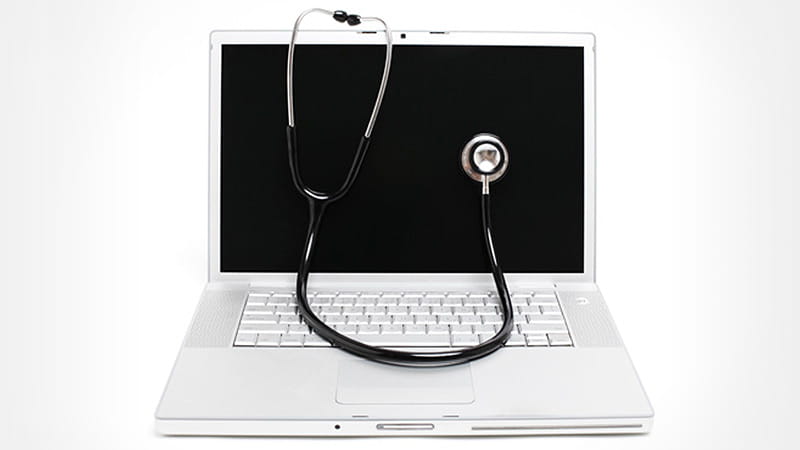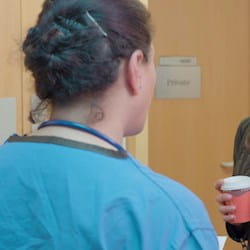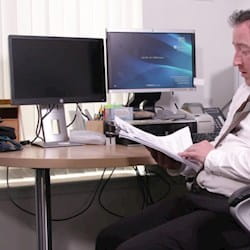
Regular readers of our risk blogs will be aware by now that missed or delayed diagnoses are associated with a large proportion of medical negligence claims in general practice, as evidenced in the analysis of MDDUS case files.
Good clinical record-keeping, which allows effective communication between GPs via medical records, along with robust results-handling processes are important mechanisms in mitigating such risks.
A significant event within an MDDUS practice recently highlighted that it is not only important to make the correct diagnosis but also to take action to ensure an appropriate treatment plan is subsequently instigated with the consent of the patient and – crucially – monitored properly.
The case
A patient is seen by a practice nurse regarding hypertension. A raised glucose is discovered. GP A speaks with the patient and advises on a probable diagnosis of diabetes. Repeat bloods are arranged for two weeks’ time. The results return and the patient is called back in to see GP B.
GP B informs the patient that they have type II diabetes and takes the opportunity to give lifestyle advice. GP B also asks the patient to arrange a follow-up appointment with the practice nurse in a further two weeks’ time for repeat bloods.
So far, so good…?
Unfortunately not…
The patient returns to the practice with further, related symptoms at which point staff notice that the preceding events occurred in March 2011. The patient has been appropriately diagnosed but then lost to recall for over three years!
Risk lessons
This case clearly demonstrates the importance of taking appropriate action to assist in managing and monitoring a patient’s condition once it is diagnosed … but also ensuring practice recall systems are fail-safe.
Should the patient’s condition have significantly deteriorated in the interim it could be argued that this is due, at least in part, to the lack of follow-up. The practice has in its possession important information and is aware of the clinical risk to the patient, should their condition not be managed but it has not taken reasonable action to attend to the patient’s ongoing care.
Of course, incidents such as this can happen in any practice. In this case, the practice ensures that a system is now in place to code any new diagnosis and that GPs, where appropriate, will notify the practice nurses by an audit-trailed message, so that electronic recall can be set-up for a default three months.
Building robustness into systems
To ensure the robustness of systems, when a diagnosis requiring clinical management and regular monitoring is made, it might be useful to consider to what extent the following are in place:
- Clear, agreed actions for the clinician upon receiving or making the diagnosis.
- Consistent coding of the diagnosis to ensure the patient can be tracked.
- Clear workflow processes between clinical (and perhaps admin) teams to ensure the patient is added to the practice recall system and that communication with the patient is prompted should they choose not to attend for review.
How does your system stand up under scrutiny?
(With thanks to Westgate Medical Centre)
This page was correct at the time of publication. Any guidance is intended as general guidance for members only. If you are a member and need specific advice relating to your own circumstances, please contact one of our advisers.
Save this article
Save this article to a list of favourite articles which members can access in their account.
Save to library


